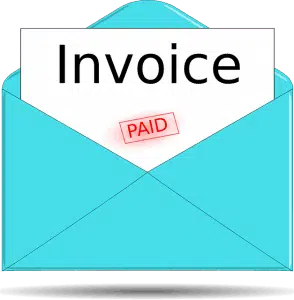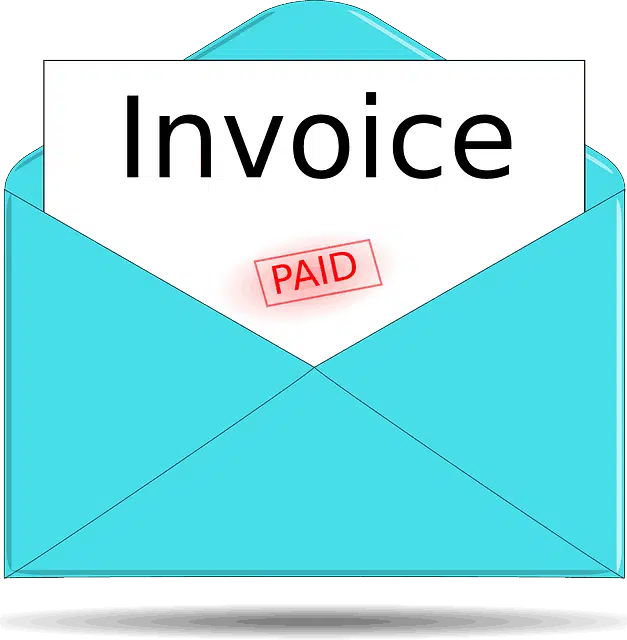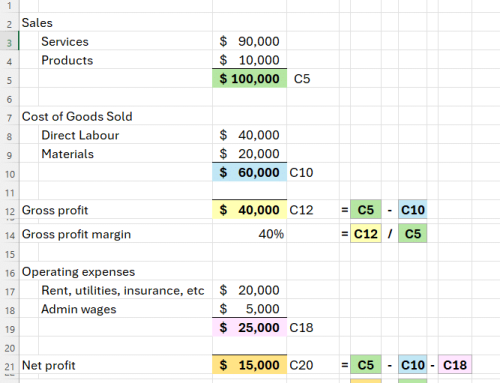Keep the cash flowing in your trades business with the Security of Payment Act
 As a business coach I have seen one challenge come up more frequently than any other for our coaching clients working in the building and construction industry: dealing with payment disputes.
As a business coach I have seen one challenge come up more frequently than any other for our coaching clients working in the building and construction industry: dealing with payment disputes.
Late or unpaid invoices cause more than just headaches for those running a business. Payment disputes have a significant negative impact on a business owner’s ability to pay their team and any subcontractors.
Plus, with rumbles of an Australian recession still on the horizon, maintaining regular cash flow becomes an even more pressing issue.
(See our previous blog for 10 strategies to recession-proof your small business)
Thankfully, for those running a building and construction business in Victoria, there’s a fast and inexpensive way to recover money that’s owed you. So, when clients come to me for business advice about resolving payment disputes, I can happily refer them to the process outlined in the Building and Construction Industry Security of Payment Act 2002.
[NB: while there are similar laws in other states, this blog refers to the Victorian legislation. If you need to seek advice on how to resolve payment disputes in other parts of the country, please contact your relevant state authority for more information.]
What kind of work contracts does the Act cover?
The Security of Payment Act applies to most contracts for building work or the supply of related goods or services in Victoria, whether the contract was written, verbal (or a combination of both).
Types of work covered by the Act include:
- Residential and non-residential building
- Civil engineering
- Demolition
- Electrical
- Professional services (e.g. architecture, design, surveying)
- Hire of plant and equipment
- Landscaping
- Maintenance
- Mechanical air conditioning
- Plumbing
- Supply of building material
Note that domestic contracts (ie between a builder and a homeowner) are covered under a separate Act – the Domestic Building Contracts Act 1995. However, contracts between a homeowner’s builder and that building contractor’s sub-contractors will be covered by the Security of Payment Act 2002.
What is the process for making a claim?
Making a claim under the Security of Payment Act is a simple process which can often be completed without the need for lawyers. Another bonus is that all documentation can be submitted electronically (so you won’t lose a day’s work sorting out your dispute).
(Pro tip: As a business mentor I coach clients to keep their paperwork in order to make submitting their claim even easier.)
The three steps for making a payment claim include:
Step one: check the timing of your claim
A payment claim must be served within three months of the reference date (or the period specified in the contract – whichever is longer). A reference date is the first date on which a claim can be made.
If your contract doesn’t specify a reference date, then the Security of Payment Act defines them according to three different types of payment claims:
- Progress payments – these may be claimed from a date 20 business days after services or goods were first provided. Any subsequent claims may then be made every 20 business days until the job is completed.
- Single (or one-off) payments – these may be claimed the day after the work was last carried out or the goods were last supplied in accordance with the contract.
- Final payments – this will either be the day after the services/goods were carried out/supplied, the day after a final certificate is issued, or the day after the period specified within the contract that allows for any omissions or defects to be rectified.
Step two: Create your claim in accordance with the guidelines
There is no set form for making a payment claim – it will usually look like one of your normal invoices, only with the addition of the Security of Payment Statement (see below).
However, the Victorian Building Authority has provided this sample form to help you ensure that all necessary information is included in your claim.
To be valid your claim must:
- Clearly identify the work or goods which the payment relates to
- Clearly state the claimed amount (ie how much money is owed)
- Include the Security of Payment Statement:
“This is a payment claim under the Building and Construction Industry Security of Payment Act 2002”.
Step three: Serve your claim to the respondent (ie client/purchaser)
Your claim must be served to the client/purchaser in one of the following ways:
- In person – it is deemed served when the client has physically received it
- At their place of work (during business hours) – it is served when it has been received at that address
- Sent by post to their place of business – your claim is deemed served two days after it has been posted
- By fax – it will be deemed served at the time it is received (unless this time is after 4pm, after which time it will be taken as served on the next business day)
- Any other manner your contract specifies
What happens after I have served my payment claim?
Once they have received your payment claim, your client will have ten days to respond with a payment schedule which must:
- Clearly identify the payment claim it relates to
- Outline the amount they intend to pay (and explain any reasons why it may differ from the claimed amount)
- Clearly identify any alleged excluded amounts
What if I am not happy with the amount the client agrees to pay?
The next step would be to go for an adjudication.
You can apply for an adjudication if:
- The client responds with a payment schedule that is less than what you have claimed (and what you would agree to accept)
- The client responds with a payment schedule, but doesn’t pay in full or on time
- The client fails to provide a payment schedule or pay (any or all) when it’s due
You can find information on applying for adjudication on the Victorian Building Authority website.
There is a cost for adjudication, but it will set you back a lot less than going to court. The adjudication fees will be split between the parties according to the adjudicator’s decision.
For a straightforward dispute, the adjudicator will take 10-15 business days to hand down a decision about the amount your client should pay (and when).
What if the client still doesn’t pay?
The client now owes you the amount specified in your claim and you may seek to recover the money owed to you in court. If the dispute reaches this point, my best business advice is to seek legal counsel about how to proceed.
A complete list of fact sheets and sample forms are available on the Victorian Building Authority website.
A process you can trust
As a business coach, I’ve seen many of my clients struggle when dealing with conflict, especially around money matters. Fortunately, the Security of Payment Act 2002 offers a little peace of mind for building and construction businesses operating in Victoria. As long as you check your dates and keep your paperwork in order, you can trust that by following the process outlined above, any payment disputes can be resolved quickly and as conveniently as possible. Phew!
—-




